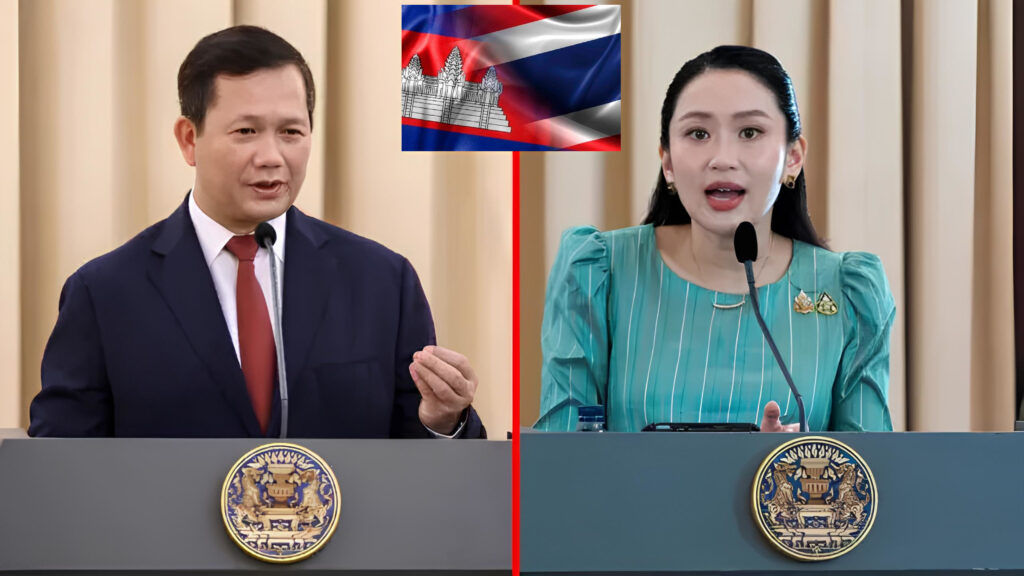The conflict between Cambodia and Thailand. Particularly surrounding the Preah Vihear temple, is not only about territorial claims. It is also driven by domestic political factors in both countries. Here’s a detailed analysis:
1. Territorial Dispute – The Surface Issue
- The heart of the conflict is the ancient Preah Vihear temple, located near the border between the two nations.
- In 1962, the International Court of Justice (ICJ) ruled that the temple belonged to Cambodia.
- However, the surrounding 4.6 km² of land was not clearly ruled upon, leading to ongoing disputes.
- Both countries deployed troops in the area, with multiple clashes occurring from 2008 to 2011.
2. Domestic Political Factors – The Hidden Driver
In Cambodia:
- Prime Minister Hun Sen has ruled for decades. During times of political tension, he used the border conflict to stir up nationalism and divert public attention from issues such as corruption and repression.
- Defending Preah Vihear became a political symbol to reinforce his legitimacy.
In Thailand:
- From 2008–2011, Thailand faced a deep political crisis between the “Red Shirts” (pro-Thaksin) and “Yellow Shirts” (royalist, nationalist).
- The Thai government was accused of using the conflict to distract the public, or to appear strong amid domestic unrest.
- The military, which plays a major role in Thai politics, was also believed to use the conflict to expand its influence.
3. Nationalism and Public Opinion
- In both countries, Preah Vihear is tied to national pride. Media and social networks often amplify hardline views, making compromise difficult.
- Nationalist groups in Thailand especially pressured the government not to “surrender” to Cambodia.
4. International Court and External Responses
- In 2013, the ICJ issued an additional ruling affirming Cambodia’s ownership of the surrounding area.
- This helped ease tensions, but underlying conflict remains if domestic instability reemerges.
Conclusion
The Cambodia–Thailand conflict is not a simple border dispute, but a complex intersection of geopolitics, nationalism, and internal political motivations. It exemplifies how governments may leverage external conflict to consolidate power at home.


ARTICLES IN THE SAME CATEGORY
The Three Keys of Life: Acceptance – Change – Leaving
Silence as Cultivation, Quietness as Wisdom
RIGHT THINKING, TRANSFORMED LIFE
LET JOY BECOME A HABIT
WHERE DO HUMAN HAPPINESS AND LUCK ORIGINATE? – EIGHT WAYS TO CULTIVATE GOOD FORTUNE (PHÚC ĐỨC) FOR YOURSELF
Happiness Needs Reminding: The Art of Living Amidst Calamity A Culture of Vigilance Deeply Ingrained in the Subconscious
ARTICLES IN THE SAME GENRE
Thailand-Cambodia Border Dispute 2025: A Comprehensive Analysis of Context, Dynamics, and Regional Geopolitical Impact
The Israel-Iran Conflict: A War of Religion and Clashing Beliefs